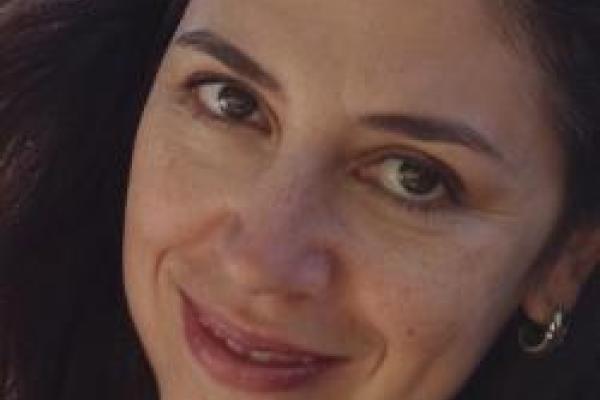
Professor Nicola Denzey Lewis will deliver the second lecture in the 2013-2014 At-Large Lectures on Religion series. She is Visiting Associate Professor of Religious Studies at Brown University. Her lecture, like all others in the Center for the Study of Religion-sponsored series, is free and open to all. There will be a brief question-and-answer session and a reception following the lecture.
Abstract:
How do we know what we know about late antique Rome? Or better: How do we know what we think we know? In this lecture, I explore what we might call “archaeologies of the invisible” to attempt to see what is hard to see: not just “private” Christianity in the fourth and fifth centuries, but more ephemeral forms of religious performance that, although hard to see, nevertheless leave material tracks: a jagged edge of broken glass, perhaps, or a deeply trodden dirt path.
Archaeologies of the invisible, the unseen, can and should create counter narratives within our understanding of early Christian history. This lecture is intended to supplement our driving, normative narratives of the “rise” of Christianity in all its teleological glory with counter narratives arising from the unseen. When we look at these ephemeral moments, not only binaries such as private/public are destabilized. The narrative of Christianity itself is equally thrown off balance. What, for instance, made a late antique Christian a Christian?
A recording of this talk is available upon request. Please email religion@osu.edu to request a copy.
